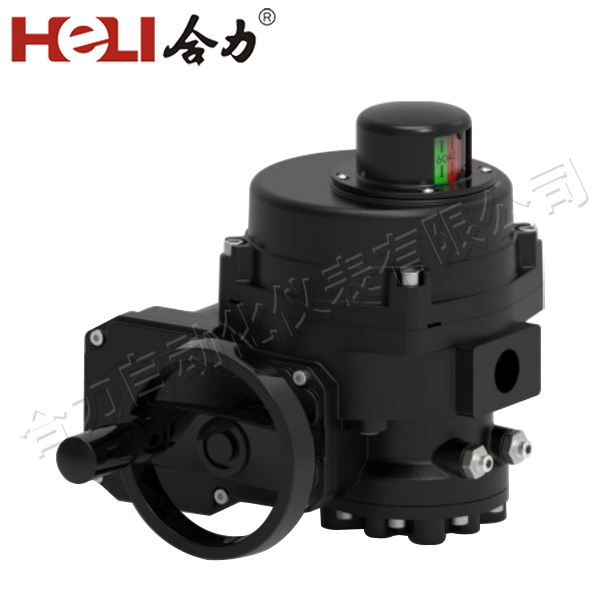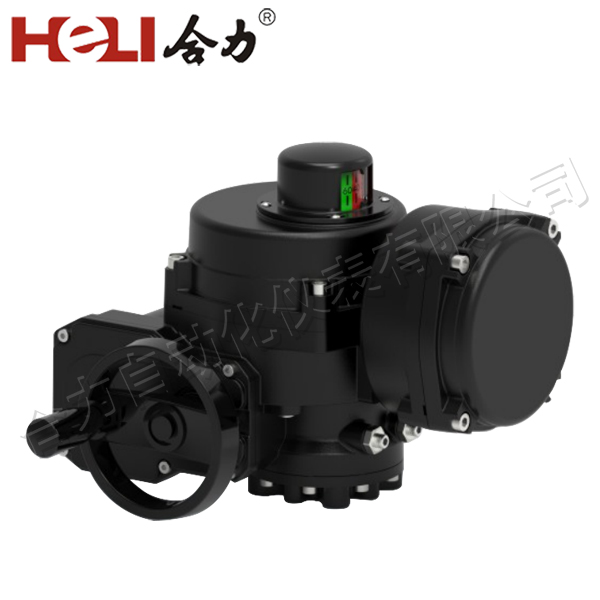
Lithium battery electrical installations are rapidly gaining traction across various industries, including renewable energy, electric vehicles (EVs), and residential energy storage systems. The efficiency, long lifespan, and compact design of lithium batteries have made them a preferred choice over traditional lead-acid batteries. However, to ensure safe, reliable, and optimal performance, proper installation of lithium batteries is critical. This article provides a comprehensive overview of lithium battery electrical installation, highlighting key considerations, safety protocols, and installation procedures.

Why Choose Lithium Batteries?

